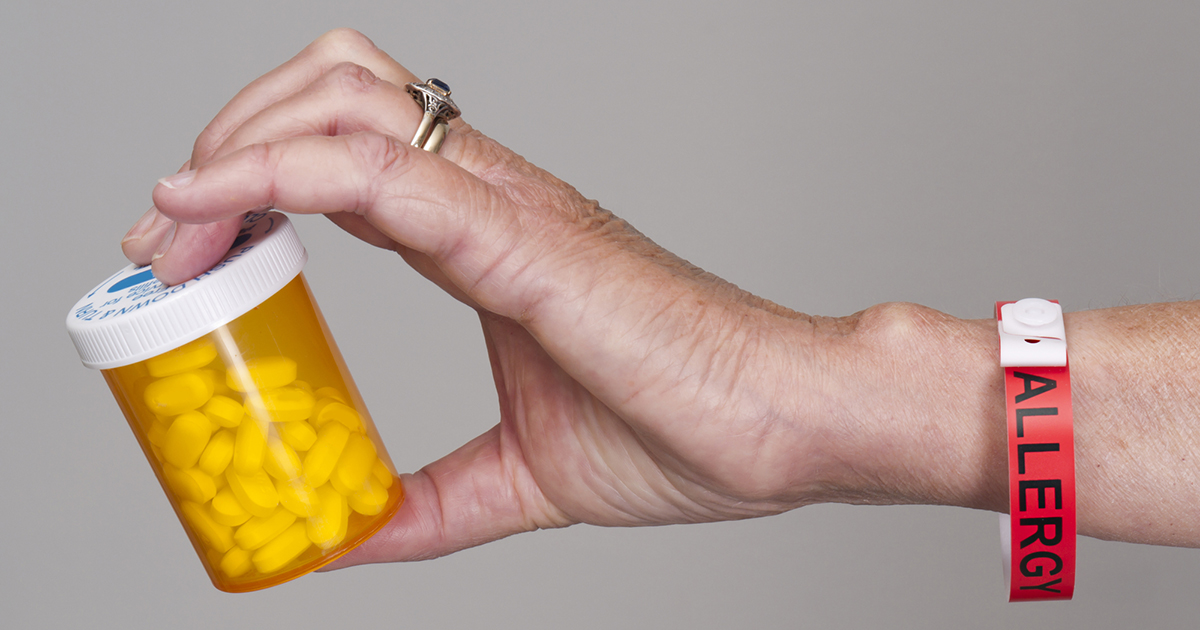Strategies For Treating Grover's Disease
Grover's disease is a somewhat rare yet temporary condition that adversely affects an individual's skin. When patients develop this kind of condition, they'll experience spots on the skin that are raised and reddened as well as blistery. They can also become very itchy and will always develop around the middle portion of the body. Many individuals will notice these bumps along their abdomen and chest. This condition primarily affects men over fifty years old but can also affect women. It's not exactly known what causes Grover's disease. It can appear without any reason or may occur as a result of skin being damaged by the sun. The primary symptoms patients will experience when affected by this disease include the presence of a sudden rash on the back or chest, blisters that are clumped together and are surrounded by a swollen ring, and intense itching. The symptoms last anywhere from six to twelve months but can be alleviated quicker with the help of certain remedies.
Take Oral Antihistamines

If the symptoms a patient is experiencing are mild and aren't causing large amounts of itching, they might want to take oral antihistamines as an initial form of treatment. Histamine is a type of chemical naturally produced in the body and stored in certain cells like basophils and mast cells. These chemicals are typically released from the cells whenever individuals suffer from an allergy. When this chemical is released, individuals will begin to experience some standard symptoms of an allergy like itchy eyes, sneezing, and hives. Antihistamines are medications specifically designed to block histamine from being released, which may help to diminish the symptoms of Grover's disease. These medications are typically taken orally and are available over-the-counter or through a prescription. While antihistamines are generally safe to take, there are some side effects patients should be aware of, which include drowsiness, headaches, constipation, and dry mouth.
Unveil more ways to treat Grover's disease now.
